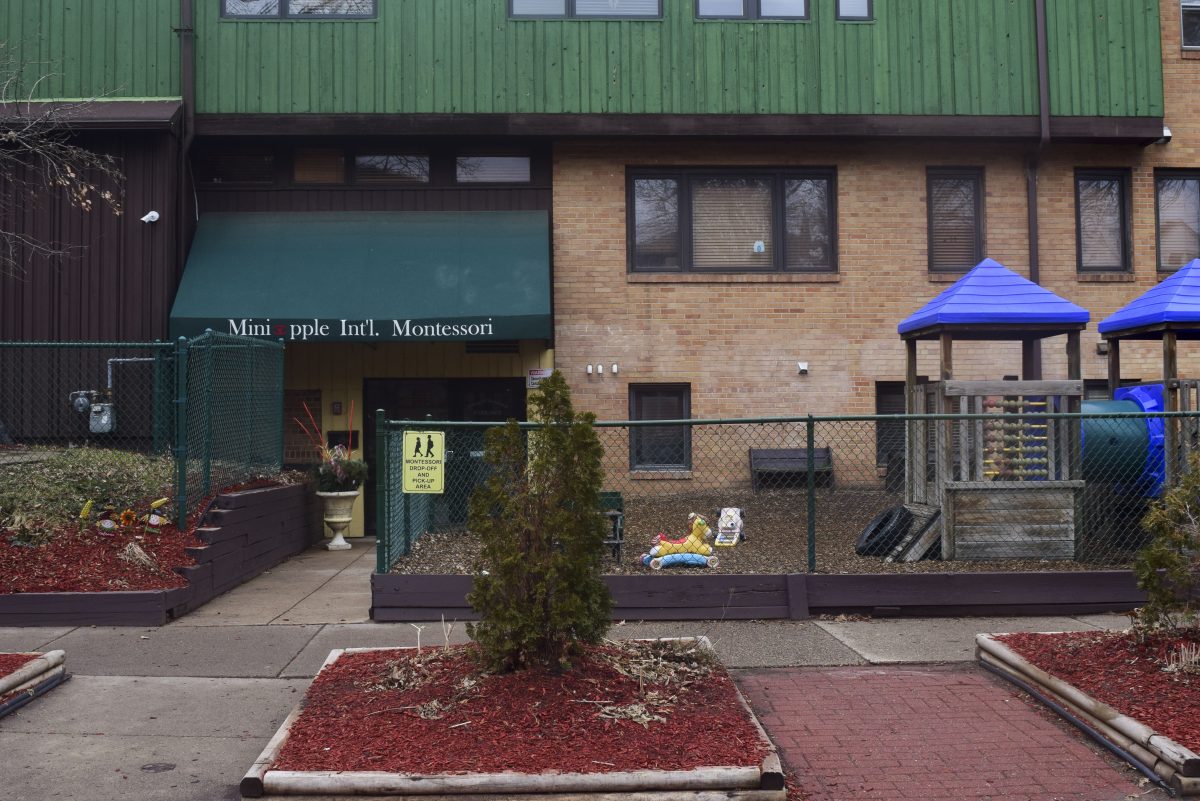Local neighborhood groups recently weighed in on a new City of Minneapolis funding framework that emphasizes diversity.
Neighborhoods 2020 aims to promote diversity, transparency and collaboration between neighborhood groups, among other goals. Under the current proposal, neighborhood boards that fail to reflect neighborhood diversity could receive funding cuts. The program has received support and criticism from groups around the University of Minnesota.
The City’s Neighborhood and Community Relations department received more than 300 comments, including submissions from about half of the City’s 70 neighborhood groups, by the March 31 deadline, said NCR Director David Rubedor.
While comments from Prospect Park Association largely support the framework, responses from Marcy-Holmes Neighborhood Association and Southeast Como Improvement Association expressed concerns that the program could threaten neighborhood independence and undermine student engagement.
“The fundamental piece that really is worrying neighborhoods … is the hostile take-over tone from the City of Minneapolis,” said SECIA Treasurer Wendy Menken. “That sort of one-size-fits-all approach that the City implies it’s going to impose … is really scary to an organization that has really spent a lot of time building all of these structures and [community] relationships.”
Menken said she opposes making funding contingent on board diversity. Although the measure aims to boost engagement and representation, Menken said SECIA promotes student involvement even if they don’t sit on the board.
“We have had more student input and more student engagement by not necessarily having students on the board but by providing the framework as an organization for students to be involved,” she said.
Because of the student populations they serve, Menken said neighborhood groups near the University should receive special consideration.
Comments from MHNA voiced concern. While MHNA President Vic Thorstenson said he supports the proposal’s engagement goals, he believes its methods are flawed.
Thorstenson said he also opposes the board diversity requirement. Neighborhoods 2020 requirements could deter students and others from joining neighborhood groups, he said.
“People don’t want to join a group just to fill out a quota. They want to really be part of something and part of changing something,” he said.
In contrast, PPA comments push for further diversity requirements that extend beyond neighborhood boards and into specific committees, said PPA President Eric Amel.
“What we’re trying to do is have the heavy lifting done at the committee-level. So if you don’t have diversity at the committee-level, then you really aren’t aligned with the needs of the community,” Amel said.
PPA comments advocated for allowing neighborhood groups, instead of the City, to define which groups need better representation, said Noël Gordon Jr., PPA’s vice president and a second-year graduate student at the University.
“I think there is generally a consensus around the fact that we want to focus on historically underserved residents of Prospect Park and that would include students, renters and people of color and the folks who exist at the intersections of those three,” Gordon said.
A committee of City staff and neighborhood representatives will present a revised framework based on the comments to the Minneapolis City Council as soon as early May. NCR will then begin developing program guidelines, which should be completed by late summer, Rubedor said.
“I think there’s strong buy-in to the goal of getting broader representation in our neighborhood groups,” Rubedor said. “There’s different ideas about how to get there.”















![Gwyn, Macy, Daniel, and Nora [pictured left to right] brave the sub-zero windchill on an icy afternoon to skate together in Van Cleve park. The park, located just north of Dinkytown in Como, becomes a popular winter activity hub for students and nearby residents each year when the park’s fields are frozen to create a public ice skating rink.](https://mndaily.com/wp-content/uploads/2024/01/FzDx2ZjdXLtO33r1j1atrf7jrtQtocs9vnp8k2AT-2-1200x801.jpeg)






